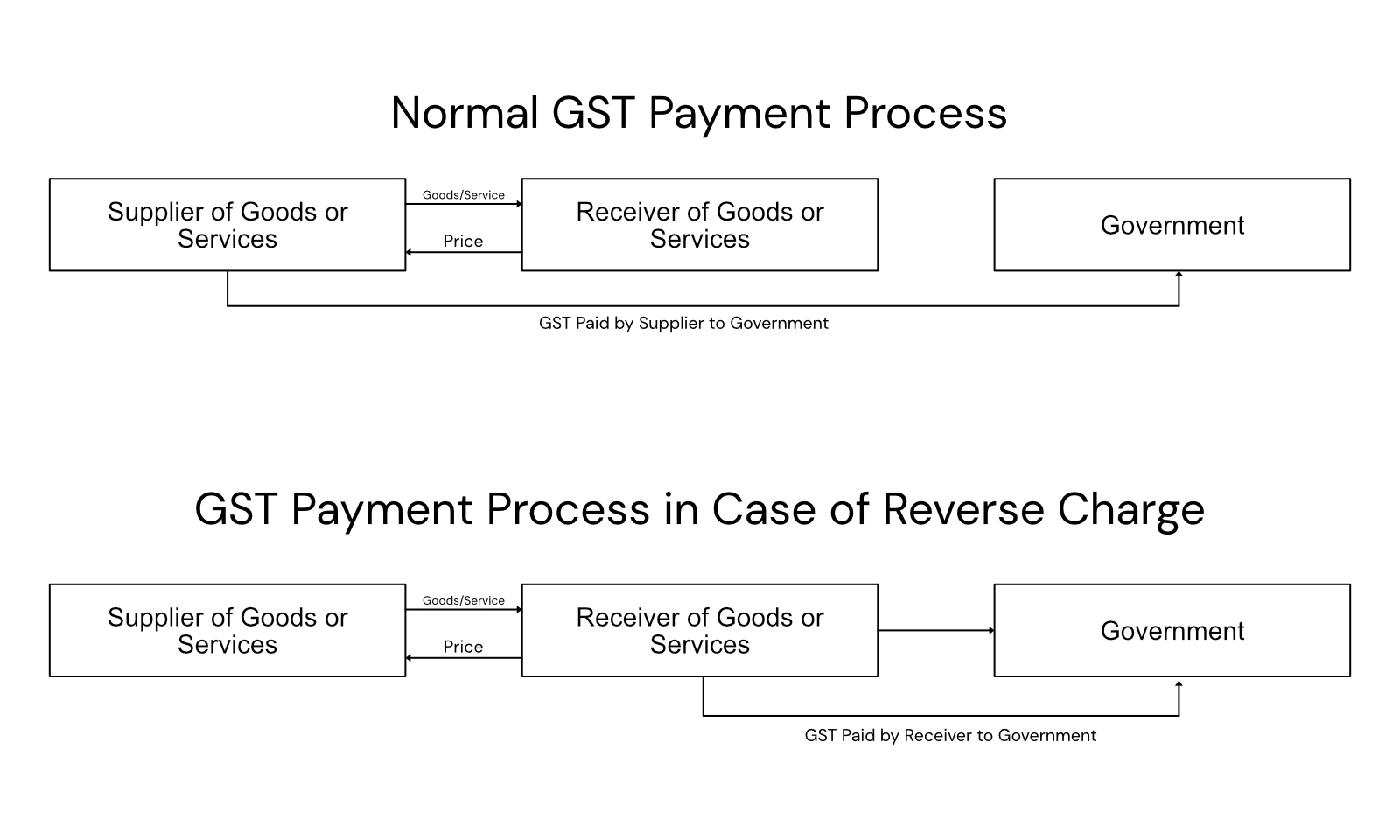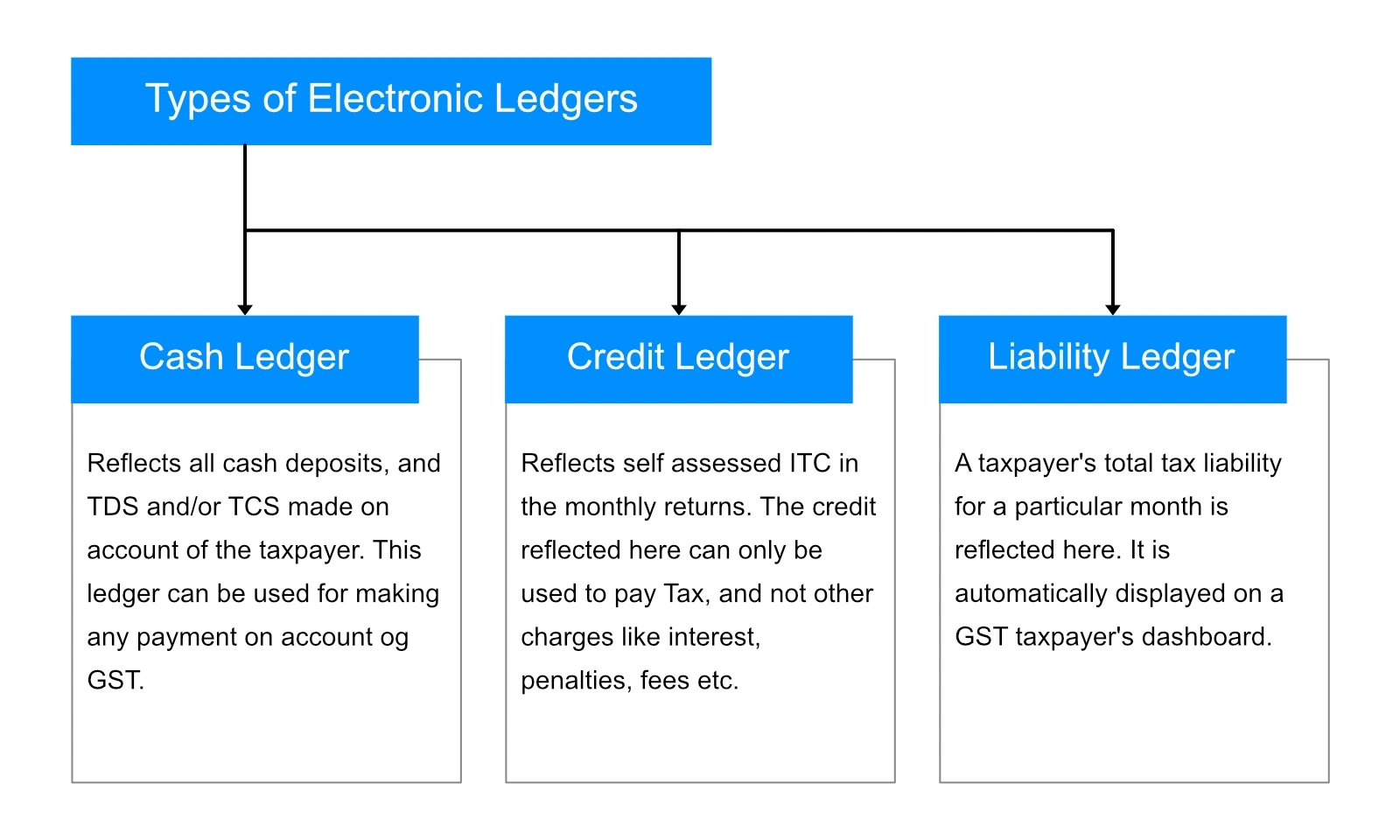Payments and Refunds under GST
BOOK A FREE DEMO
The GST payment rules require an individual or a business to fill GSTR-3B to report the ITC, along with GSTR-1 to enumerate sales. The refund can also be claimed by filing the necessary documents.
Payments
What payments are to be made under GST?
The GST paid can be classified into three different taxes:
- IGST is paid to the centre in the case of interstate supply
- CGST is paid to the centre of the supply is within the state
- SGST is paid to the state in case the supply is within the state
There are other types of taxes, excluding the ones mentioned above, that a taxpayer is liable to pay:
- TDS is another payment that the dealer subtracts before paying the supplier.
For example, if a dealer is acquiring services at 1,00,000, he will deduct a certain amount. Let’s assume it is TDS @ 1% (10,000) then, he is to pay the supplier after deducting the said amount.
- TCS refers to the phenomenon where any dealer using any e-commerce platform receives payment after 2% of a certain amount is claimed as tax collected at the source.
- Reverse Charge Mechanism- Another tax that a tax-paying individual must pay is a tax paid under the reverse charge mechanism, where the recipient of a certain service is liable to pay tax on the said service.
- Interests, penalties, fees and other payments

How to calculate the GST payment to be made?
The Input Tax Credit should be subtracted from the Outward Tax Liability to calculate the total GST payment. TDS/TCS will be deducted from the total GST to determine the net payable amount. The final amount will include interest and late fees (if applicable).
The ITC is different for different dealers, such as:
- Regular dealer- A regular dealer must pay GST on his outward supplies and can Input Tax Credit (ITC) on his purchases. The difference between the outward tax liability and the ITC is the GST payable by a regular dealer.
- Composition dealer- A dealer who has chosen the composition scheme must pay a fixed percentage of GST on all outward supplies. A composition dealer must pay GST based on the nature of his or her business.
Who should make the payment and when?
These dealers are required to make GST payments –
- If GST liability exists, a registered dealer is expected to make the payment
- A registered dealer who is liable to pay under Reverse Charge Mechanism (RCM)
- TCS is to be paid and collected by an e-commerce operator
- Dealers who are liable to deduct TDS
GST payment is made by the 20th of the next month by filing GSTR 3
What are electronic ledgers?

These ledgers are maintained electronically on the GST website.
How to make GST payments?
The payment can be made in the following two ways:
- Payment through credit ledger
GST can be paid online or in person. The challan must be generated on the GST Portal for online and offline payments. It is mandatory to pay taxes online if the tax liability exceeds Rs 10,000.
Note- If GST is underpaid, unpaid, or paid late, the dealer must pay interest at 18%. There is also a penalty to be paid. The penalty is the greater of Rs. 10,000 or 10% of the tax short-paid or unpaid.
What Happens If You Delay GST Payment?
Delaying your GST payment can lead to multiple financial and compliance consequences:
- Interest on Delayed Payment: The government charges 18% per annum interest on the unpaid tax amount from the due date until the date of payment.
- Late Fees: In addition to interest, a late fee of ₹50 per day (₹25 CGST + ₹25 SGST) applies. If the return has nil liability, the late fee is reduced to ₹20 per day (₹10 + ₹10), capped at ₹5,000.
- Blocking of E-Way Bill Generation: If you fail to file GSTR-3B for two consecutive months, your GSTIN will be blocked for e-Way Bill generation, hampering the movement of goods.
- Restriction on ITC Claim: Delay in payment and filing may also disqualify Input Tax Credit claims, affecting your working capital.
Timely GST payment is essential to avoid these cascading penalties and ensure smooth business operations.
Refunds
What is a GST refund?
When the GST paid exceeds the GST liability, the situation of claiming a GST refund arises. The process of claiming a refund under GST is standardised to avoid confusion. The process is done online, and time limits have been set.
When can the refund be claimed?
There are numerous situations in which a refund can be obtained. Here are a few examples: Excess tax is paid due to an error or omission.
- Dealer Exports (including deemed export) goods/services under claim of rebate or Refund
- ITC accumulation due to output being tax-exempt or nil-rated
- Refund of tax paid on purchases made by Embassies or UN bodies
- Tax Refund for International Tourists
- Finalization of provisional assessment
How to calculate a GST refund?
Consider the simple case of an overpayment of taxes. For the month of September, Mr B’s GST liability is Rs 50000. Mr B, on the other hand, made a GST payment of Rs 5 lakh by mistake. Mr B has now made an excess GST payment of Rs 4.5 lakh, which he can claim as a refund. The refund must be claimed within two years of the date of payment.
What is the time limit for claiming the refund?
The deadline for requesting a refund is two years from the relevant date. In each case, the relevant date is different. For some cases, the relevant dates are as follows:
| Reason for claiming GST Refund | Relevant Date |
|---|---|
| Excess payment of GST | Date of Payment |
| Export or deemed export of goods and services | Date of dispatch/loading/passing the frontier |
| ITC accumulated as output tax which is exempted from tax or nil-rated | Last date of the financial year to which the credit belongs |
| Finalisation of provisional assessment | The date on which tax is adjusted |
How to claim a GST refund?
The refund application must be submitted in Form RFD 01 within two years of the relevant date. A Chartered Accountant should also sign the form.
Key Scenarios Where GST Refunds Apply
GST refunds are applicable in several situations, especially when the tax paid exceeds the tax liability. Key scenarios include:
- Excess Tax Paid: Mistakenly paid higher GST or paid under the wrong tax head (CGST instead of IGST).
- Export of Goods or Services: Exporters are eligible for GST refunds under the zero-rated supply category.
- Inverted Duty Structure: When the tax rate on inputs is higher than on the output, leading to accumulated credit.
- Refund on Account of Assessment or Appeal: If the tax is later held as not payable.
To simplify this process, businesses can use accounting software that:
- Auto-detects excess tax paid
- Tracks export transactions
- Alerts users when refund eligibility arises
- Helps generate refund applications faster
Best Practices for Managing GST Payments and Refunds
Proper GST management ensures regulatory compliance and optimal cash flow. Here are some best practices:
- Set up payment reminders: Use accounting tools to set alerts before GSTR due dates.
- Reconcile regularly: Match purchase registers with GSTR-2B to ensure valid ITC claims and avoid refund delays.
- Monitor e-Cash and e-Credit Ledgers: Stay updated on available balances to avoid unnecessary interest on late payments.
- Keep documentation ready: Maintain export invoices, LUTs, and tax payment challans for quick refund processing.
- Automate with software: Let your accounting software calculate dues, file returns, and track refund status automatically.
Conclusion
Whether you’re paying GST or claiming a refund, timeliness and accuracy are key. Delays in payment attract penalties and disrupt operations, while missed refund opportunities can tie up valuable working capital. By adopting best practices and using reliable accounting software for automation, businesses can stay compliant, reduce stress, and make the most of the GST regime.
- GST Rates for ProductsGST Rates: mixer grinder GST rate GST on labour charges GST on solar panel crockery GST rate GST on lpg cylinder GST on vehicles GST on water tanker fish GST rate GST on cigarettes gst on dental services GST on healthcare services GST on sports academy GST on advertisement GST for real estate GST on emi GST rate for construction services GST on maintenance charges coconut broom GST rate tent house GST rate GST on import goods

